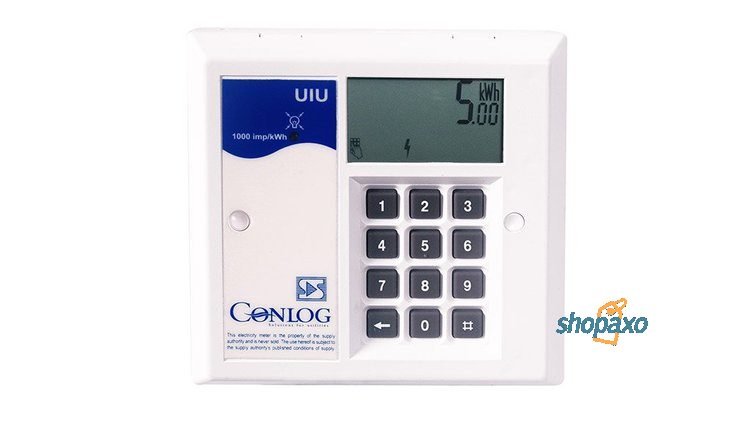Now Reading: Technology For The Next Decade: 10 Technologies That Will Change How We Live
-
01
Technology For The Next Decade: 10 Technologies That Will Change How We Live
Technology For The Next Decade: 10 Technologies That Will Change How We Live
Have you ever stopped to wonder how what technology for the next decade would look like given the current speed of technological innovations around the globe?
Well, almost every aspect of lie will become seamless, automated, virtual, and less costly as mind-blowing technologies get being designed everyday speeding up research among scientists.
Challenges that the world is experiencing today such as Covid-19, climate change, gun violence, and terrorism could find a lasting solution in the next few years.
The world Economic Forum has released 10 technologies that will be pivotal in revolutionizing how countries address challenges in medicine and climate change.
10 Technology for the next decade
1.Micro-needles for painless injections and tests
These tiny needles have been designed to help in painless injections and blood testing. Microneedles do not touch nerve endings. They are microscopic and are constructed through a method called micro-molding, which involves etching microscopic into resin or resin to cast them.
The process does not require costly equipment or training and can therefore be deployed in developing countries where cutting-edge medical technologies are yet to be witnessed.
2.Low Carbon Cement
Portland cement is one of the most manufactured materials in the world. It is also a source of about 8% of the world’s Carbon (IV) Oxide emissions.
Cement production accounts for 95% of concrete carbon footprint, which is why researchers are working to lower carbon content by changing the recipe using different materials and using capture and storage technologies.
3. Digital medicine
This is an extension of the booming field of synthetic biology and one of the technologies for the next decade, where researchers use software to design genetic sequences that can now introduce into a microbe to do some desired work such as making new drugs.
So far, genomes only get light edits. But improvements in the synthesis technology and software are making it possible to print even larger swaths of genetic material and to alter genomes more extensively.
The whole-genome synthesis will transform cell engineering and researchers are confident that the ability to edit the human genome will treat all genetic diseases.
4. Solar-Powered Chemistry
This is achieved through a number of processes that harness solar energy by absorbing sunlight in chemical reactions. This idea is similar to photosynthesis in plants, which convert solar energy to simple molecules of glucose but without using living organisms. This is also referred to as artificial photosynthesis.
5. Green hydrogen
Scientists are convinced that the fuel could play an important role in decarbonizing hard-to-electrify sectors of the economy such as long truck hauling, aviation, and heavy manufacturing because it has a non-poisonous by product.
6. Spatial Computing
Spatial computing refers to human interactions with a computer in which the computer retains and manipulates referents to real objects and spaces. This is the technology behind virtual reality (VR), Augmented reality (AR), and extended reality(ER) which are already in use all over the world.
This technology for the future decade will bring together AR, VR, and ER apps and sensors to raise human-machine and machine-machine interactions to a new level. It combines these capabilities and controls objects’ movements and interactions, allowing people to navigate the digital and physical world virtually.
7. Quantum sensing
Another technology for the next decade is quantum sensing. You may have heard of quantum computing which uses the algebraic methods used in quantum mechanics to develop algorithms for computations. However, quantum sensing is something else.
Through this technology, it will be possible to have perfect navigation underwater, to sense changes in gravity that would reveal possible volcanic activity, climate change, and monitor brain activity on the go. This will also enable us to see around corners, moreover, in our lifetime it will secure navigation.
8. Electrical Aviation
Electric cars are now almost everywhere globally, but have you ever thought of electrical airplanes? As the world moves towards green energy, the motivation to reduce the carbon footprint is high. Electric propulsion of planes is seen as another way to reduce direct carbon emissions.
The technology could also reduce fuel costs by up to 90%, maintenance by up to 50%, and noise by up to 70%.
9. Virtual patients
In the test for efficacy of new medicine or vaccines, researchers are used to using living humans, a process that is usually expensive and needs patient data protection and therefore takes time.
To erase this hindrance, technology has seen the creation of virtual patients that could make trials quicker and less expensive. A virtual patient is an interactive computer-based simulation, often with similar body functioning ability as humans. Virtual patients have been used in medicine experimental processes when training young doctors to complement clinical training.
10.Digital medicine
Digital medicine is a collection of apps that detect and monitor the mental and physical health of patients. These bots and apps can enhance the traditional medicine and provide support to patients with limited access to health care.
Over the past five years, telemedicine has gained adoption around the world with thousands of registered apps helping patience access healthcare.





























